Month: November 2011
-
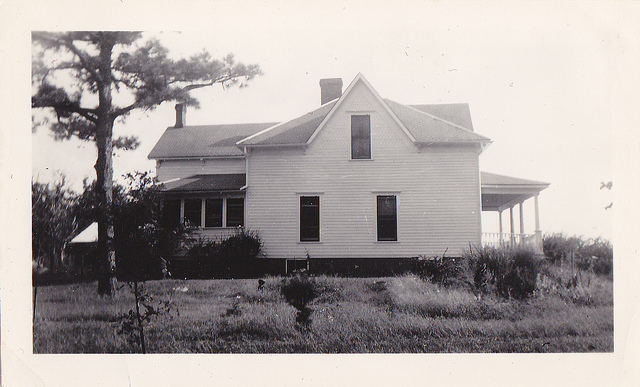
Another View of the Noyes Home in Liberal, Missouri
Another view of the Noyes home in Liberal, Missouri. From my Noyes grandmother.
-
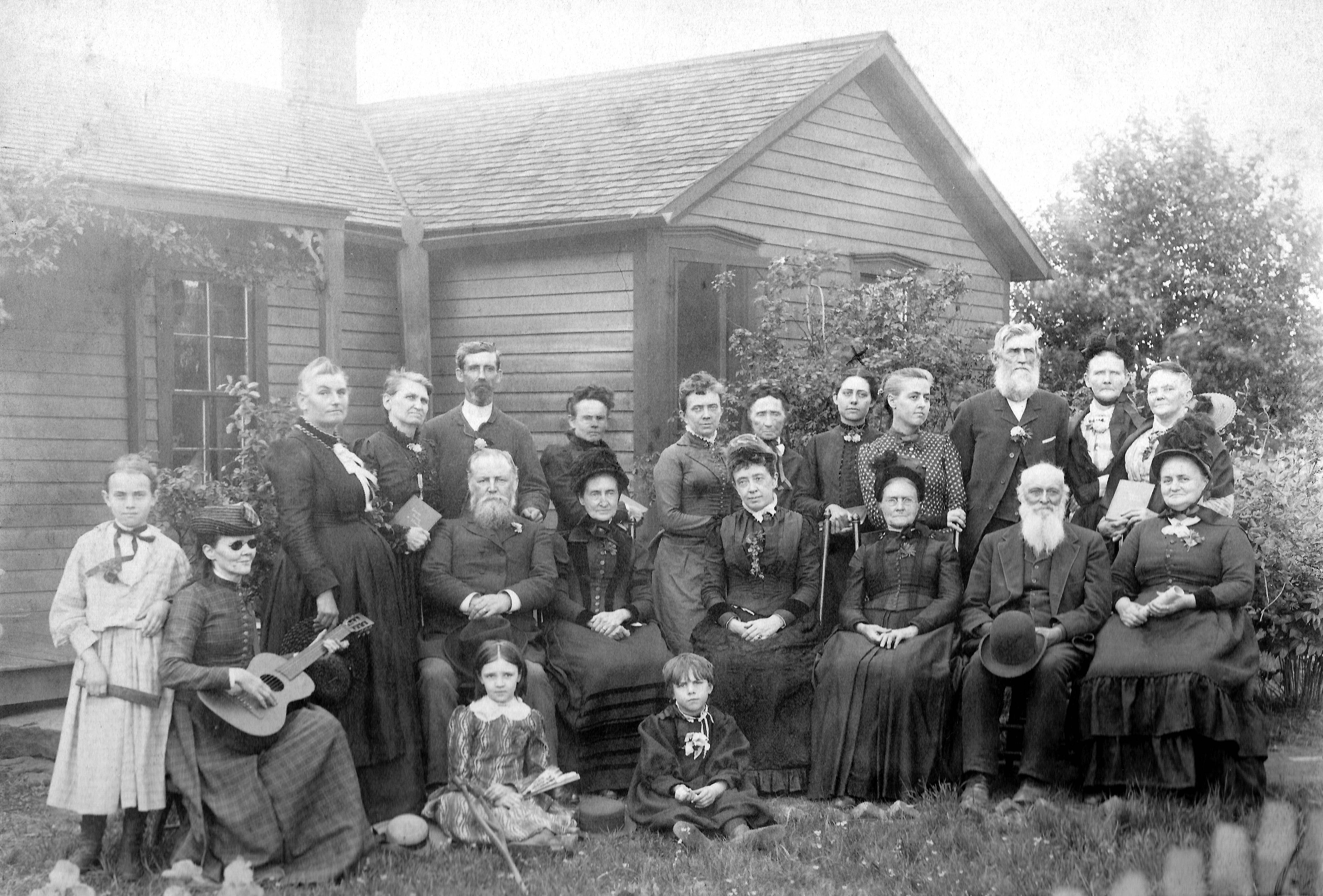
Christian Science Class, 1891, Liberal, Missouri
Here’s another image sent me by Ted Cox, author of Murray Loop whose Owram and Murray ancestors were at Liberal. It’s identified as a Christian Science Class held in Liberal, Missouri, and the date is May 2, 1891. Minnie Owram, who was twenty-three, stands in the back row, fifth from the right. There are…
-
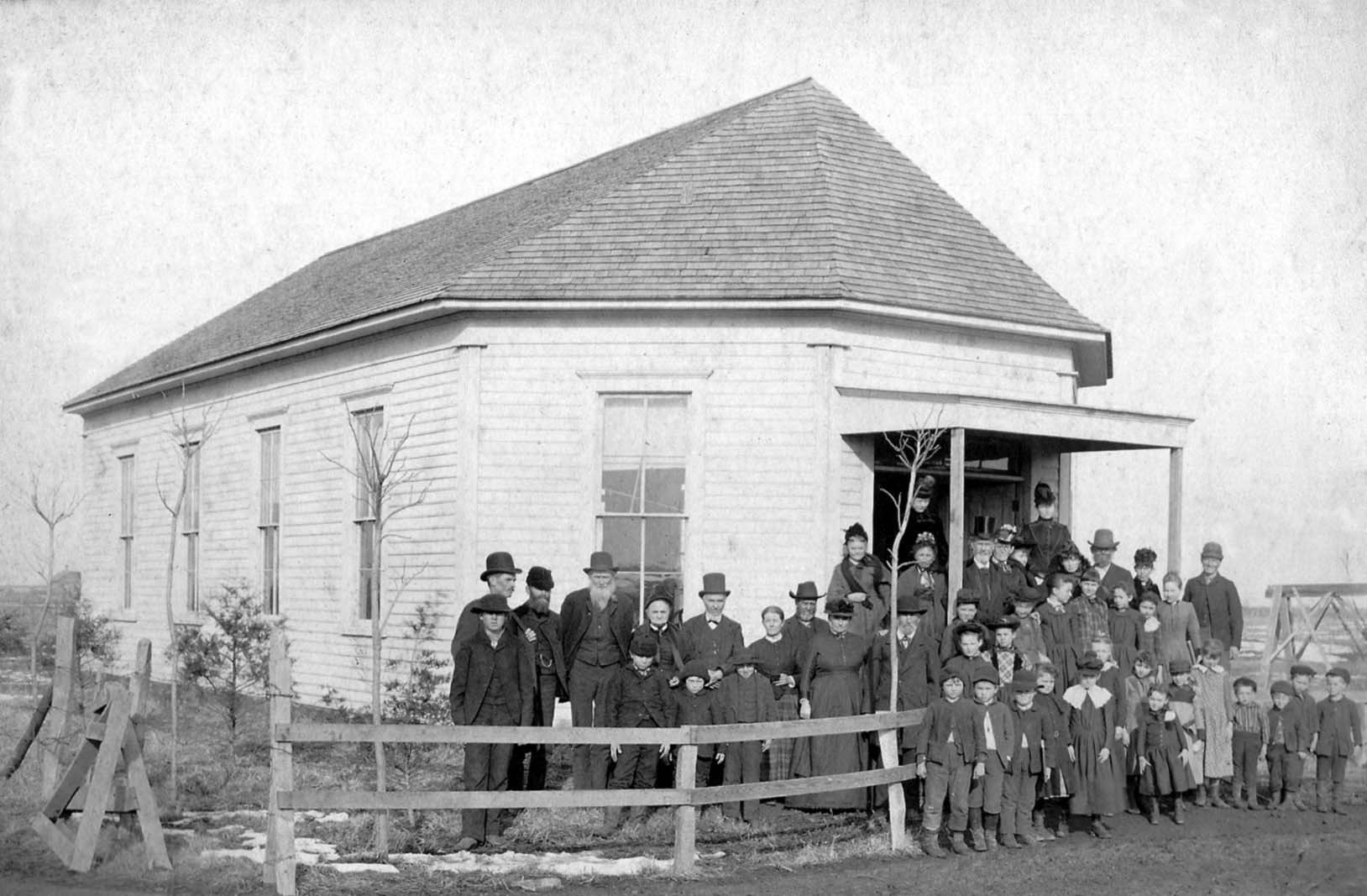
Harmony Hall, Liberal, Missouri
I’ve been delinquent. Back in March, Ted Cox, author of Murray Loop whose Owram and Murray ancestors were at Liberal, sent me two wonderful and unique pictures from 1891 in Liberal, Missouri, and I’m only now getting around to posting them. The first image I will post was identified as being Harmony Hall. I have…
-
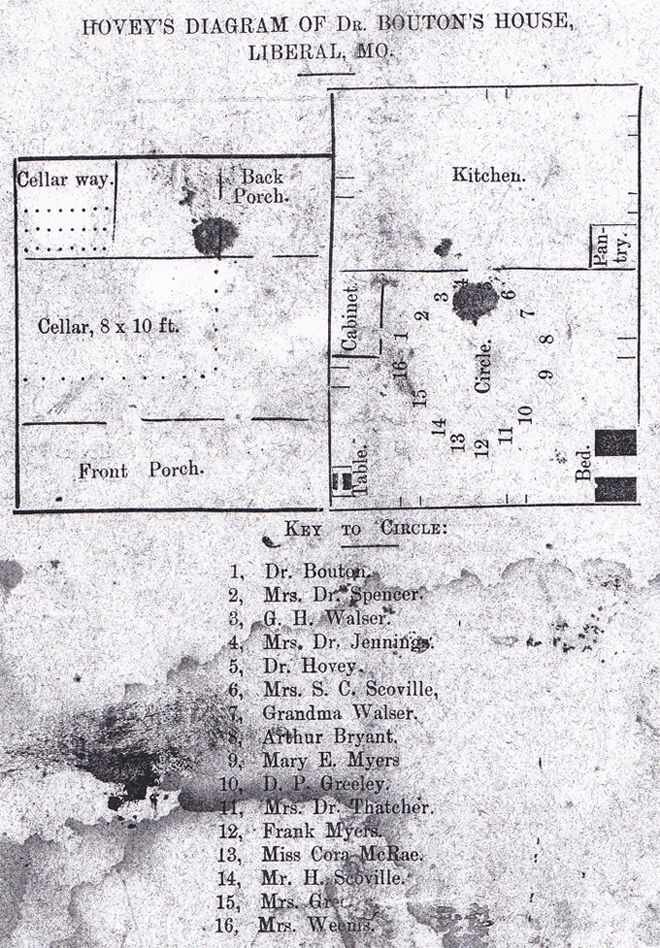
“Two Years Among the Spirits” by Dr. J. B. Bouton, pages 36-41
Freethought Liberal turned to spiritualism, much aided by the ministries of the mediumship of Dr. J. B. Bouton. Then in 1887-88 there was a fire at Bouton’s, a trap door was found, and his chicanery was exposed. Mr. W. S. Van Camp and Mr. J. H. Roberts had aided with acting as spirits. Rather than…
-

“Two Years Among the Spirits” by Dr. J. B. Bouton, pages 31-35
Freethought Liberal turned to spiritualism, much aided by the ministries of the mediumship of Dr. J. B. Bouton. Then in 1887-88 there was a fire at Bouton’s, a trap door was found, and his chicanery was exposed. Mr. W. S. Van Camp and Mr. J. H. Roberts had aided with acting as spirits. Rather than…
-

“Two Years Among the Spirits”, by Dr. J. B. Bouton, pages 26-30
Freethought Liberal turned to spiritualism, much aided by the ministries of the mediumship of Dr. J. B. Bouton. Then in 1887-88 there was a fire at Bouton’s, a trap door was found, and his chicanery was exposed. Mr. W. S. Van Camp and Mr. J. H. Roberts had aided with acting as spirits. Rather than…
-
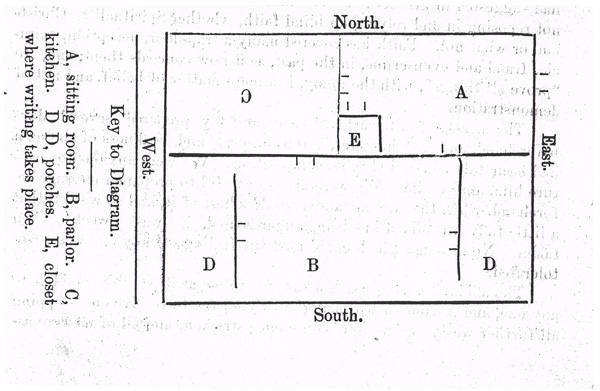
“Two Years Among the Spirits” by Dr. J. B. Bouton, pages 21-25
Freethought Liberal turned to spiritualism, much aided by the ministries of the mediumship of Dr. J. B. Bouton. Then in 1887-88 there was a fire at Bouton’s, a trap door was found, and his chicanery was exposed. Mr. W. S. Van Camp and Mr. J. H. Roberts had aided with acting as spirits. Rather than…
-

Old Snag, and a Little History on James Bouton
One of the fake spirits of James Bouton’s seances was presented as “Old Snag”. Bouton made great sport of him, had him always desiring alcohol and tobacco, and in “Two Years Among the Spirits”, wrote, “I knew very well that he was drunk when he was killed, for I stood within twenty feet of him…
-

“Two Years Among the Spirits” by Dr. J. B. Bouton, pages 16-20
Freethought Liberal turned to spiritualism, much aided by the ministries of the mediumship of Dr. J. B. Bouton. Then in 1887-88 there was a fire at Bouton’s, a trap door was found, and his chicanery was exposed. Mr. W. S. Van Camp and Mr. J. H. Roberts had aided with acting as spirits. Rather than…
-

“Two Years Among the Spirits”, by Dr. J. B. Bouton, pages 11 – 15
Freethought Liberal turned to spiritualism, much aided by the ministries of the mediumship of Dr. J. B. Bouton. Then in 1887-88 there was a fire at Bouton’s, a trap door was found, and his chicanery was exposed. Mr. W. S. Van Camp and Mr. J. H. Roberts had aided with acting as spirits. Rather than…